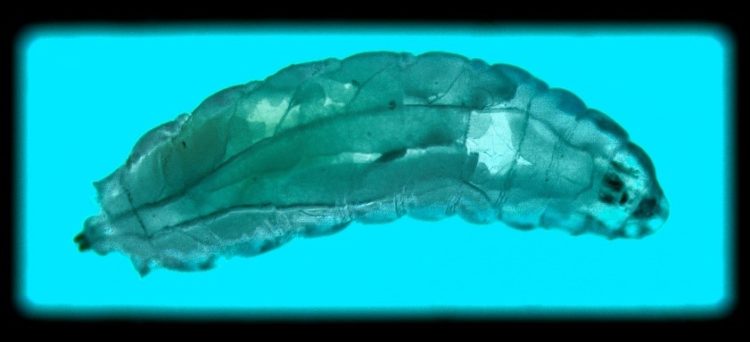The lightest light – the future of digital displays and brain science
The lightest light- the future of digital displays and brain science
A team of scientists from the University of St Andrews has developed a new way of making the most durable, lightweight and thinnest light source available so far, which could revolutionize the future of mobile technologies and pave the way for new advances in brain science.
Lead scientist for both studies, Professor Malte Gather from the School of Physics and Astronomy, said: “Our organic LEDs are very well suited to become new tools in biomedical and neuroscience research and may well find their way into the clinic in the future.”
Working with Dr Stefan Pulver from the School of Psychology and Neuroscience in a separate study, the scientists used light from an array of miniature organic LEDs and a neuroscience method called optogenetics to direct the locomotion of fly larvae in a highly controlled fashion.
Delivering light to specific body segments of crawling fly larvae allowed the researchers to stimulate and silence sensory neurons in a reliable manner. Depending on when and where light was delivered, larvae started to crawl forward or backward, with the dynamics of light stimulation controlling the speed of crawling and other aspects of animal movement.
“While the precise neuronal mechanism behind the animal response remains unknown, we are now in a much better position to test a range of hypotheses related to the locomotion of these organisms,” explains Dr Caroline Murawski, from the School of Physics and Astronomy and the first author of the second study.
The researchers are currently combining their breakthrough in making light, flexible and robust organic LEDs with what they have learned about controlling neural activity in flies to make light sources that can be implanted into the brain of vertebrate organisms. This will allow researchers to study brain function in a less invasive and more versatile manner than existing techniques.
Link to paper: https://www.nature.com/articles/s41467-020-20013-6
